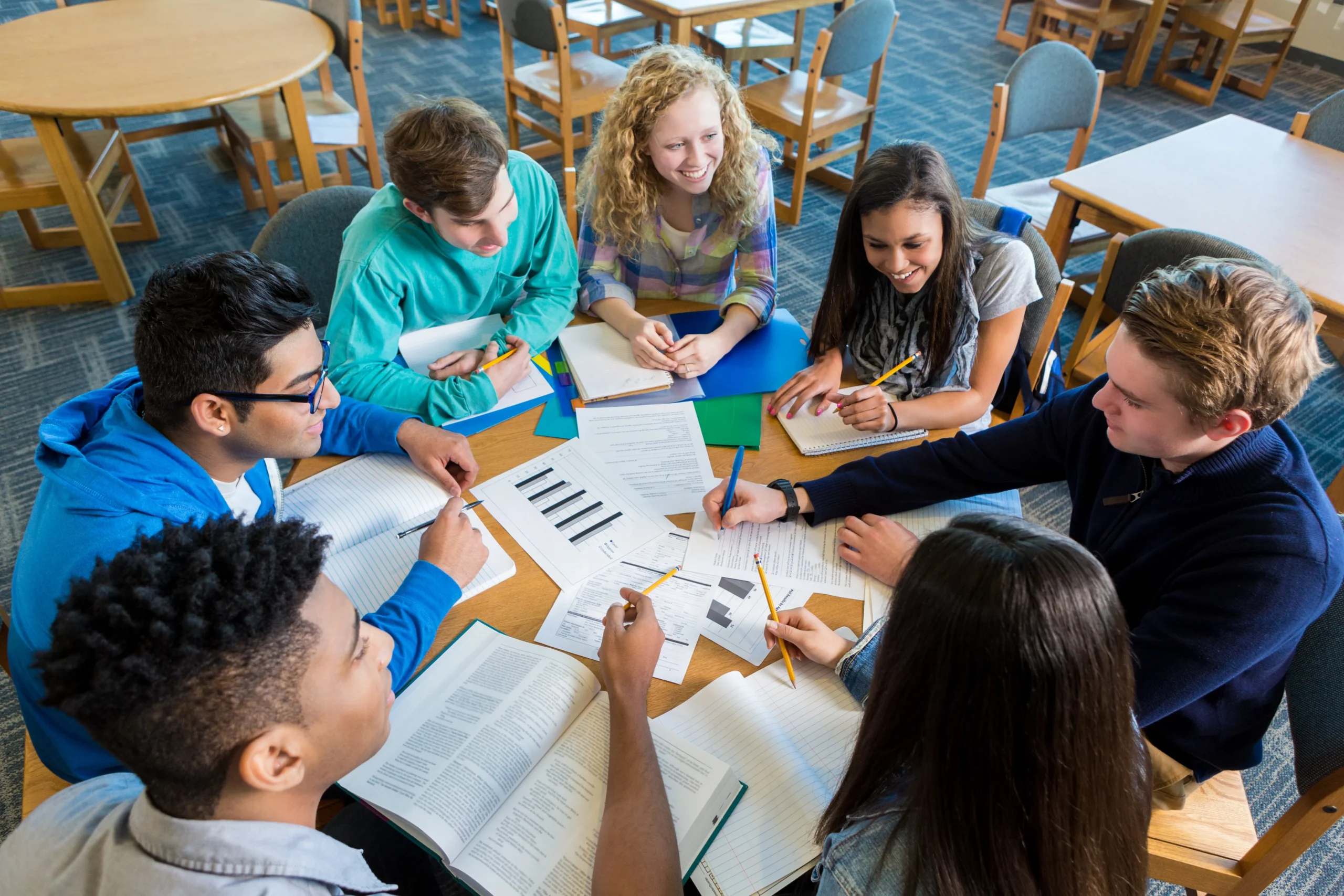Role of Modern Technology in Education In the field of education, modern technology is radically changing both the way teachers and students are taught.

Access to Information
Students now have unparalleled access to a wide range of knowledge and resources because to technology. Modern resources on almost any topic are simpler to locate and utilize thanks to online libraries, learning portals, and digital textbooks.
Interactive Learning
Learning becomes more dynamic and engaging with the use of tools like interactive whiteboards, instructional applications, and simulations. They provide students the chance to try things out, see difficult ideas clearly, and get quick feedback.
Personalized Learning
AI-powered platforms and adaptive learning technologies can customize learning experiences to meet the needs of specific students, allowing them to study at their own pace and in ways that best fit their unique learning preferences.

Distance Education
Education is now more widely available to everyone, regardless of location, thanks to online courses and virtual classrooms. This provides flexibility for people juggling schooling with other obligations and is particularly significant for underprivileged or distant places.
Collaboration and Communication
With the use of collaborative papers, video conferencing, discussion boards, and other tools, technology helps students and teachers work together. This can improve collaboration and increase the effectiveness of communication.

Skills Development
Students can learn critical thinking, problem-solving, and digital literacy—all crucial 21st-century skills—with the aid of modern technology. In the workplace, proficiency with a variety of digital tools is becoming more and more crucial.
Data-Driven Insights
Data analytics can be used by teachers to track their pupils’ progress, spot potential problem areas, and modify their lesson plans accordingly. Better teaching practices and improved student results may result from this.

Virtual and Augmented Reality
By enabling students to investigate historical events, carry out virtual science experiments, and engage with 3D models of intricate systems, virtual reality and augmented reality (VR/AR) can offer immersive learning experiences.
Conclusion
In summary, the advent of contemporary technology has brought about a fundamental transformation in education by means of increasing access to knowledge, improving engagement through interactive technologies, and facilitating customized and adaptable learning experiences. Along with supporting skill development and teamwork, it has also delivered insightful data. Nonetheless, it is imperative to tackle issues like digital inequality, managing screen time, and the requirement for efficient instruction. With careful implementation, technology may enhance conventional teaching strategies and foster a more dynamic, inclusive, and effective learning environment—all of which will help students get ready for the demands of the modern world.
FAQs
What is the future of technology in education?
Future educational technology is expected to include increasingly sophisticated uses of AI and machine learning, expanded usage of VR and AR for immersive learning, and more integration of data analytics to tailor instruction. The goal of ongoing innovation is to improve student experiences and meet new demands in education.
How can technology help with assessment and feedback?
Technology helps with assessment by offering tools that track students’ progress over time, automate grading, and give immediate feedback.
What are some examples of emerging technologies in education?
New technologies include personalized learning with artificial intelligence (AI), secure credentialing with blockchain, immersive learning with virtual reality (VR) and augmented reality (AR), and improved classroom management and learning environments with Internet of Things (IoT) devices.
How can schools ensure equitable access to technology?
By giving low-income students gadgets and internet access, providing tech help and training, and putting in place regulations that encourage fair resource use, schools can guarantee equal access. Accessibility gaps may also be filled through collaborations with tech firms and community organizations.
What role does technology play in distance education?
Technology makes remote learning possible by offering online learning environments, video conferencing systems, and virtual teamwork. Because of its flexibility, education is now more accessible to people who, for various reasons, are unable to attend traditional in-person classes. Students can now learn from anywhere.



